The average cost of CABG - Redo in Tel Aviv approximately starts from USD 40000
Treatment cost
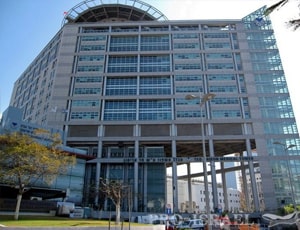
Tel Aviv Sourasky Medical Center -Ichilov Hospital located in Tel-Aviv, Israel is accredited by JCI. Also listed below are some of the most prominent infrastructural details:

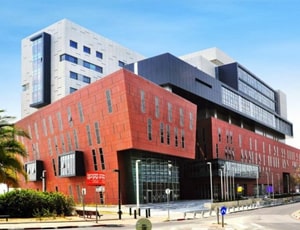
Assuta Hospital located in Tel-Aviv, Israel is accredited by JCI. Also listed below are some of the most prominent infrastructural details:
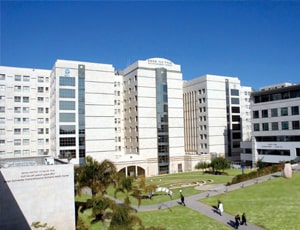
Rabin Medical Center located in Petah Tikva, Israel is accredited by JCI. Also listed below are some of the most prominent infrastructural details:
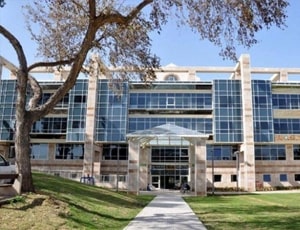
Kaplan Medical Centre located in Rehovot, Israel is accredited by JCI. Also listed below are some of the most prominent infrastructural details:
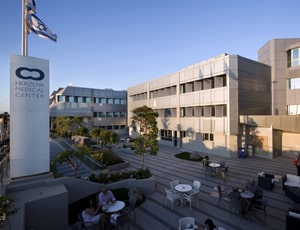
Apart from in-detail treatment procedures available, Herzliya Medical Center located in Herzliya, Israel has a wide variety of facilities available for International Patients. Some of the facilities which are provided by them are Accommodation, Airport Transfer, Interpreter, SIM, TV inside room. Also listed below are some of the most prominent infrastructural details:
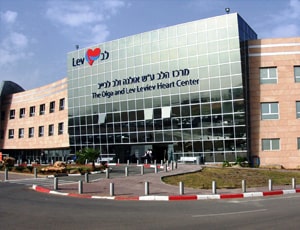
Sheba Medical Center located in Tel-Hashomer, Israel is accredited by JCI. Also listed below are some of the most prominent infrastructural details:
Awaxy called plaque hets deposited in good amounts in the coronary arteries of the heart, they supply oxygen to the heart. With time the plaque starts hardening and eventually ruptures and breaks open. This plaque interferes with blood flow as arteries grow narrow at that region. A blood clot develops when the plaque ruptures open on the surface. The artery gets blocked if the blood clot developed is very large. This can be the cause of heart attack in a later stage becoming the cause of a life risk.
Coronary artery bypass surgery aims at improving the general blood circulation to the heart. A healthy artery or vein is taken the body and is grafted or connected to the blocked coronary artery for bypassing. This artery or vein goes around the blocked portion of the coronary artery and establishes a new path for the blood to flow to the heart thus reducing the chance of a heart attack. In one surgery surgeons can bypass multiple coronary arteries. Severe blockages can be treated with this procedure.
The other alternatives for CABG can be balloon surgery or angioplasty which is a less invasive technique but then your cardiologist is the best person to decide which of the surgeries is best suited
The patients are transferred out of ICU right after the day of the surgery. Heart rhythm disturbances are found in 25% of patients within a period of 3 or 4 days after the surgery. They are temporary atrial fibrillations that are associated with surgical trauma. They respond well to standard
Ask your healthcare adviser for the best multiple options and choose the one that meets your expectations
In Tel Aviv, the average starting cost for CABG - Redo is $40000. In Tel Aviv, CABG - Redo is conducted across many multispecialty hospitals.
The cost of CABG - Redo in Tel Aviv may differ from one medical facility to the other. Some of the best hospitals for CABG - Redo offer a comprehensive package that covers the end-to-end expenses related to investigations and treatment of the patient. The CABG - Redo cost in Tel Aviv includes the cost of anesthesia, medicines, hospitalization and the surgeon's fee. Extended hospital stay, complications after the surgery or new diagnosis may affect the overall cost of CABG - Redo in Tel Aviv.
There are many hospitals that perform CABG - Redo in Tel Aviv. Some of the best hospitals for CABG - Redo in Tel Avivinclude the following:
After CABG - Redo in Tel Aviv, the patient is supposed to stay in guest house for another 21 days. This is important to ensure that the surgery was successful. During this time, control and follow-up tests take place to check for medical fitness.
Tel Aviv is undoubtedly one of the best cities for CABG - Redo in the world. It offers the best medical expertise and good patient experience at an affordable cost. there are a select few destinations that provide comparable quality of healthcare for the procedure. Some of such cities are:
Apart from the cost of CABG - Redo, the patient is also required to pay additionally for daily meals and guest house accommodation. These are the charges for daily meals and accommodation outside the hospital. The per day cost in this case may range from 75 USD.
After CABG - Redo surgery, the patient is supposed to stay for about 7 Days in the hospital for recovery and monitoring. The doctors team review the patient's recovery during this time with the help of blood tests and imaging scans. Once they feel that everything is on track, the patient is discharged.
There are more than 2 Hospitals that offer CABG - Redo in Tel Aviv. These hospitals have the required infrastructure and a decided CABG - Redo unit where renal failure patients can be treated. Apart from good services, the hospitals are known to follow all standard and legal guidelines as dictated by the local medical affairs body or organization.
Some of the most sought after doctors for CABG - Redo in Tel Aviv are: